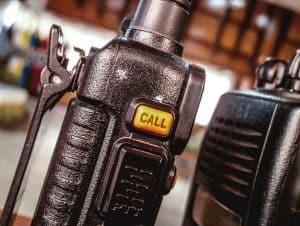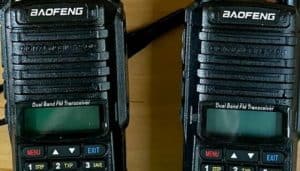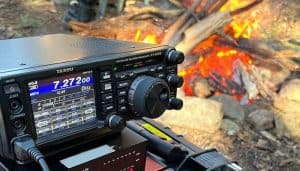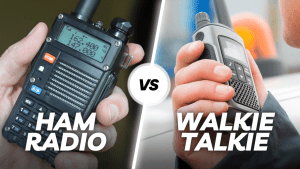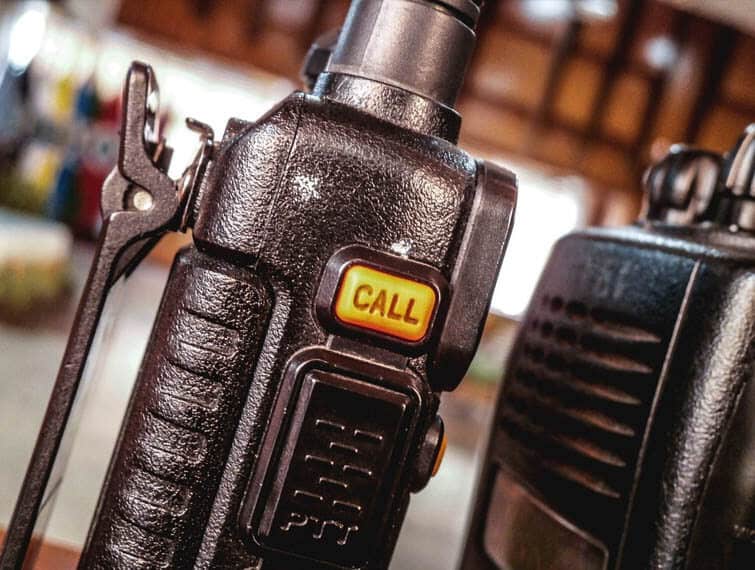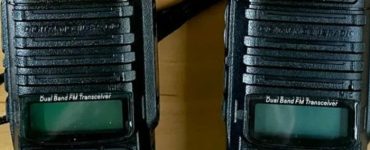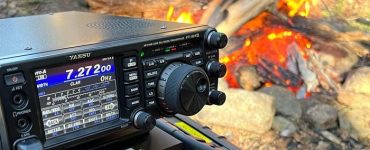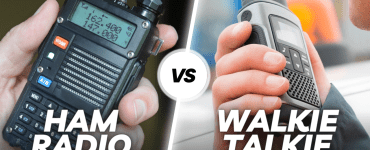Ham radio, also called amateur radio, has been among the more traditional means of communication way before phones were developed. Unfortunately, ham radios are often prone to one issue that make using these devices frustrating and even downright annoying. This problem is none other than interference.
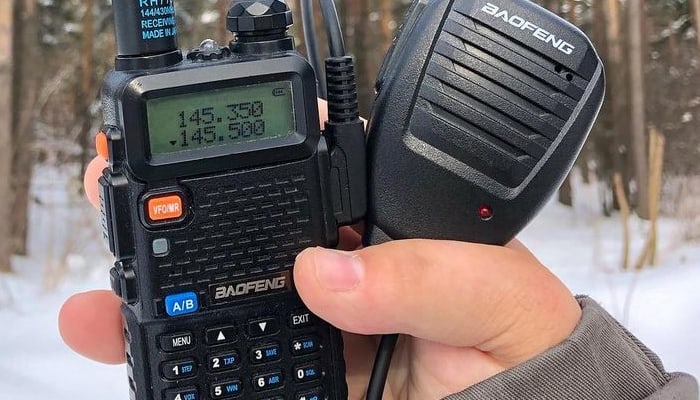
This is why it is important to learn how to block ham radio signals. To eliminate or minimize interference in ham radios, you just need to follow several steps, from avoiding congestion to using high-quality components.
Continue reading below to learn more about these ways of blocking ham radio signals or interference.
What is Ham Radio Interference?
Ham radios may offer a long list of benefits but using them can also cause frustration on the part of the user. This is what happens when interference occurs. This results in the presence of static and unrecognizable voices.
Many things can result in interference. For example, this can come from the electromagnetic disturbances on the ham radio. It can also be due to poor immunity or receiver selectivity. Another possible culprit is if there are multiple users on one channel. Interferences are also common if a low-quality apparatus is being used.
It is also important to note that when it comes to interference in ham radios, there are two main types that you should be familiar with:
Electronic Noise
This interference is due to leaks of the radio frequency signals. This can start from consumer appliances or computers that are found beside the ham radio.
Fun Outdoor Quiz
Electric Noise
Electrical interferences occur if there is arcing in power lines or equipment. This can also originate from anything with electric power.
Now that know what interference is, you need to prepare radio components and the ham radio itself so you can proceed with doing the necessary steps for blocking ham radio signals.
1. Prevent Congestion
If several people are simultaneously using a ham radio, congestion can happen. As a result, many users will try using similar radio frequencies present in a certain location. This can make some parts of the message incomprehensible which can hurt radio communication and its overall quality.
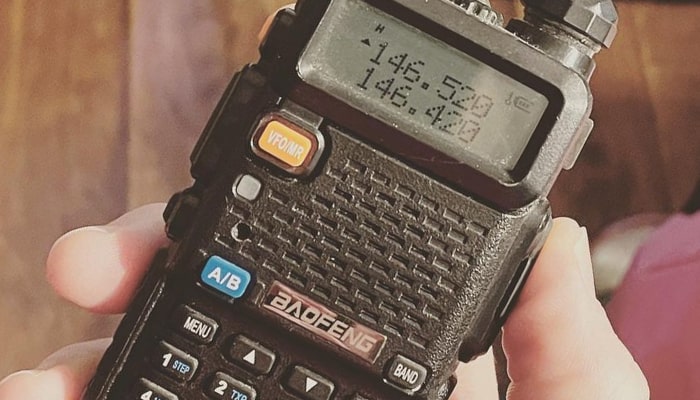
2. Contact the Local Power Company
The power line is yet another culprit behind ham radio interference. This can generate intermittent noise at frequencies ranging from 60 up to 120 Hz. The results of this interference will become more notable during bad weather conditions.
The noise coming from the power line occurs if there is corona discharge. This takes place if the ionized air is leaking out of the atmosphere. A buzzing noise is produced once the frequency hits 60 Hz which can then produce interference.
When the issue comes from the power line, never try fixing it by yourself. Instead, the best thing you can do here is to call your local community’s power company and let them deal with the problem. If not, you might face a fine that can lead to a serious issue that might be expensive to address on the part of the power company.
3. Guarantee Proper Installation
To prevent radio frequency interference, another thing you can do is as simple as guaranteeing proper installation. If the unit is placed in the wrong position, chances are it will experience obstructions. As a result, it will affect the overall performance and output.
Make sure you refer to the manufacturer’s manual as this is the best way to ensure that the ham radio is properly installed. The unit’s positioning is among the most important factors to guarantee the peak performance of the device.
4. Secure a License
You will need to secure a license first before you can use a ham radio. No matter what your reason is for buying and using a ham radio, securing the necessary permit is a step you can never skip or take for granted. This license will ensure that the authorities supervise the radio. As a result, you can expect clearer signals and minimal interference.
Licensing is a critical step as this also lets the authorities distribute frequencies in various locations. Interferences tend to be more common if you don’t have a license, and this can lead to unpleasant experiences every time you use your ham radio.
5. Always Use High-Quality Components
Inferior quality components can also lead to interference. From the cables to the radio itself, see to it that everything is of top-of-the-line quality. If not, the performance of the radio will end up suffering and you may experience a lot of issues aside from interference alone.
Always stick to the best antennas, isolators, cables, and other components. Even if you are using top-quality radio, its performance will still be less than stellar if the parts are of low quality.
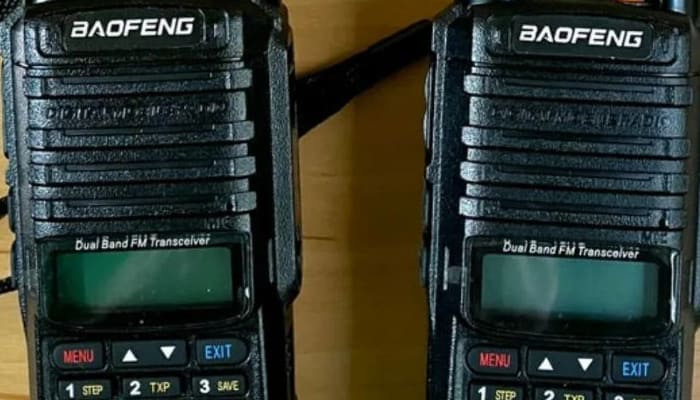
Other Helpful Tips on How to Block Ham Radio Signals
Reducing interferences is not just the only thing you have to do to guarantee your ham radio’s peak performance. Below are other important tips to remember to make the most out of using these devices:
Pick the right location for your ham radio.
Just like other kinds of radios, location plays a crucial role in how ham radios function. Make sure you pick a position that is at a good distance from anything that may interfere with the signals. For example, make sure you put the radio in a spot with no obstructions whatsoever such as tall buildings and large trees. You also need to keep this away from any appliance that may affect the radio signals like TVs and computers.
File an interference complaint.
There are instances when you cannot really fix the issue on your own. This leaves you with no choice but to work with the authorities like the local power line company. Reach out to the right people and never do things without seeking their permission first. Or else, you might find yourself in serious trouble, making the problem worse instead of resolving it.
Choose the right radio.
The ham radio’s quality is among the most essential aspects to ensure minimal interference and peak functionality. Evaluate options not just based on the price alone. Don’t be afraid to invest in a good ham radio as long as the price is justifiable.


